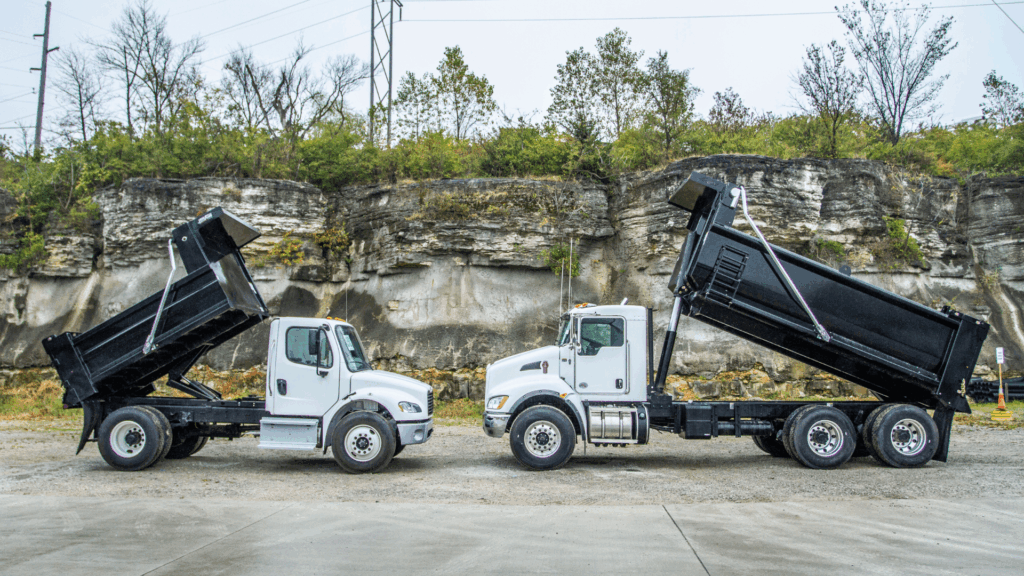Managing Supply Shortages: Lessons Learned from Recent Headlines


By Jeff Eckel, e2open
Supply chains are the lifeblood of modern businesses, ensuring the smooth flow of goods and services from manufacturers to end consumers. However, recent events like the Baltimore Port Bridge collapse and the Taiwan earthquake have underscored the vulnerability of these intricate networks. As supply chain leaders, we must learn from these disruptions and proactively address their impact.

When disaster strikes the supply chain, the first questions are always: “Are we affected?” and “What’s the impact?” We recently contacted clients and prospects, posing these critical supply questions. Did shipments fall with the ill-fated Baltimore bridge, or were containers stranded at sea due to the port closure? What was in them? Similarly, did the recent 7.2 magnitude earthquake in Taiwan impact semiconductor supply commitments and create supply shortages? Do we need to find alternate semiconductor suppliers?
Many supply chain leaders acknowledged the widespread impact of these events, but only a handful had the data, connected suppliers, and the end-to-end visibility necessary to provide granular details. Disruptions like these create so many questions that need answers. Here are some that we heard about from our customers.
Were your suppliers impacted, and if so, to what extent?
To assess the impact on the brand owners’ suppliers, they can utilize e2open’s supply chain mapping, conduct surveys for self-impact assessment, and engage in ad hoc discussion forums. These tools enable companies to view the situation comprehensively, understand the extent of the impact, and strategize accordingly. Geographic supplier mapping provides further insights into supplier and sourcing diversity, allowing brand owners to make more informed decisions during and after the supply disruption.
How quickly can you remedy any supply shortages that result from this disruption?
To remedy any shortages that arise from the disruption, brand owners can strategically collaborate with all parties to implement multi-tier shortage resolution workflows. These workflows help manage inventory gaps effectively, thereby preventing production halts and reducing the risk of downtime. By preempting known gaps, optimizing supply line management, and efficiently reallocating inventory, brand owners can raise supply assurance and maintain their commitment to customers during this supply disruption.
What other suppliers could step in to help you during this disruption?
To ensure continuity in their supply chain, brand owners should delve into their entire supply ecosystem, which includes a thorough analysis of sub-tier suppliers. This comprehensive understanding allows companies to pinpoint alternate suppliers already within the e2open network and onboard new ones swiftly. With a pre-vetted list of potential suppliers, disruption to operations can be minimized by activating alternative sources to engage.
How are you collaborating with all affected parties to resolve this disruption?
Effective collaboration results from establishing ad hoc discussion forums and dedicated ‘resolution rooms. A collaborative approach helps every stakeholder have a voice in decision-making, fostering a united front to navigate the disruption.
Do you have the details necessary to provide a complete insurance claim?
Supply chain incidents have financial implications beyond just operational disruptions. Insurance claims require accurate and detailed information, and companies seeking this data risk a delayed payout or even a claim denial. Imagine a scenario where critical data about lost inventory, damaged goods, or delayed shipments is lacking or insufficient. The clock ticks, and financial losses mount. However, companies that can quickly access relevant information, enabling prompt claim submissions, are more likely to be compensated faster than companies that require extra time to collect the necessary details.
Visibility and collaboration are key factors in turning disruptions into a supply chain advantage. All brand owners are having the same issues. However, the ones that are successful at preventing far-reaching impacts from these disruptions carry a distinct advantage over those operating in a fog of panic.
When the next disruption occurs, will your organization scramble or stand ready? The choice lies in leveraging technology, fostering collaboration, and prioritizing data accuracy. Supply chain resilience isn’t about avoiding disruptions but thriving despite them.
Jeff Eckel is the Director of Product Marketing – Supply, Manufacturing, AI for e2open.

Supply Chain Moves
Supply Chain Moves is a publication dedicated to the supply chain industry, particularly the companies, people and events that help drive global commerce.




